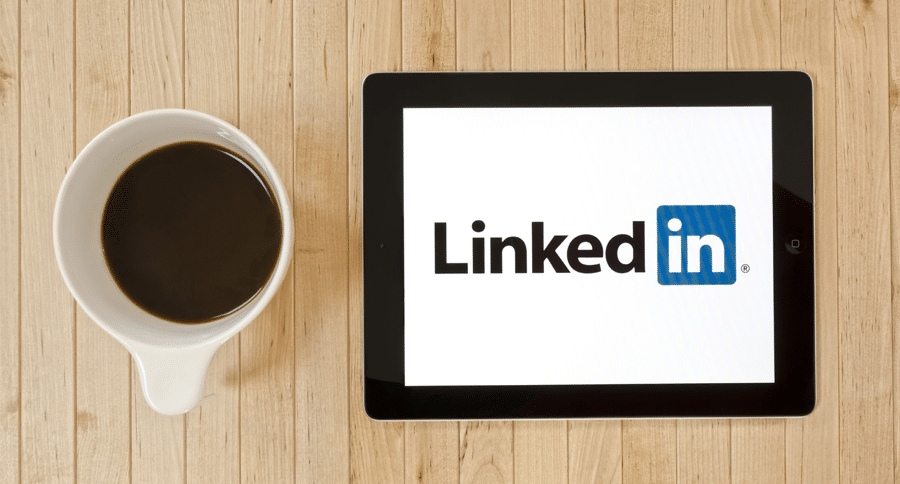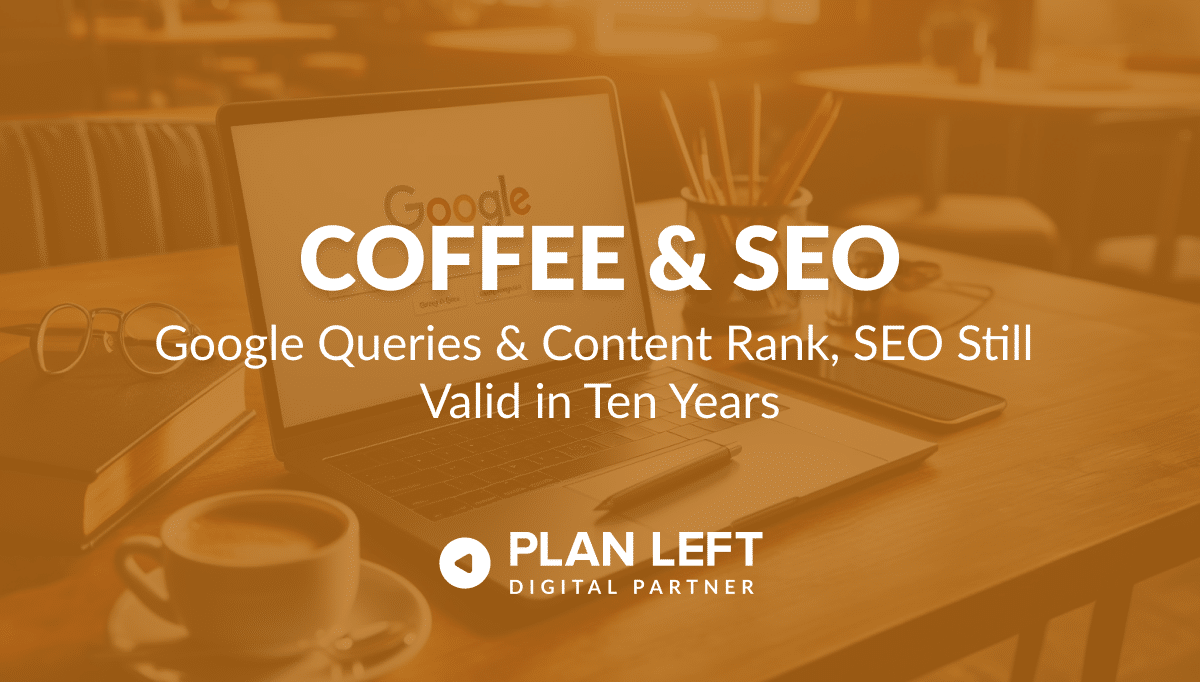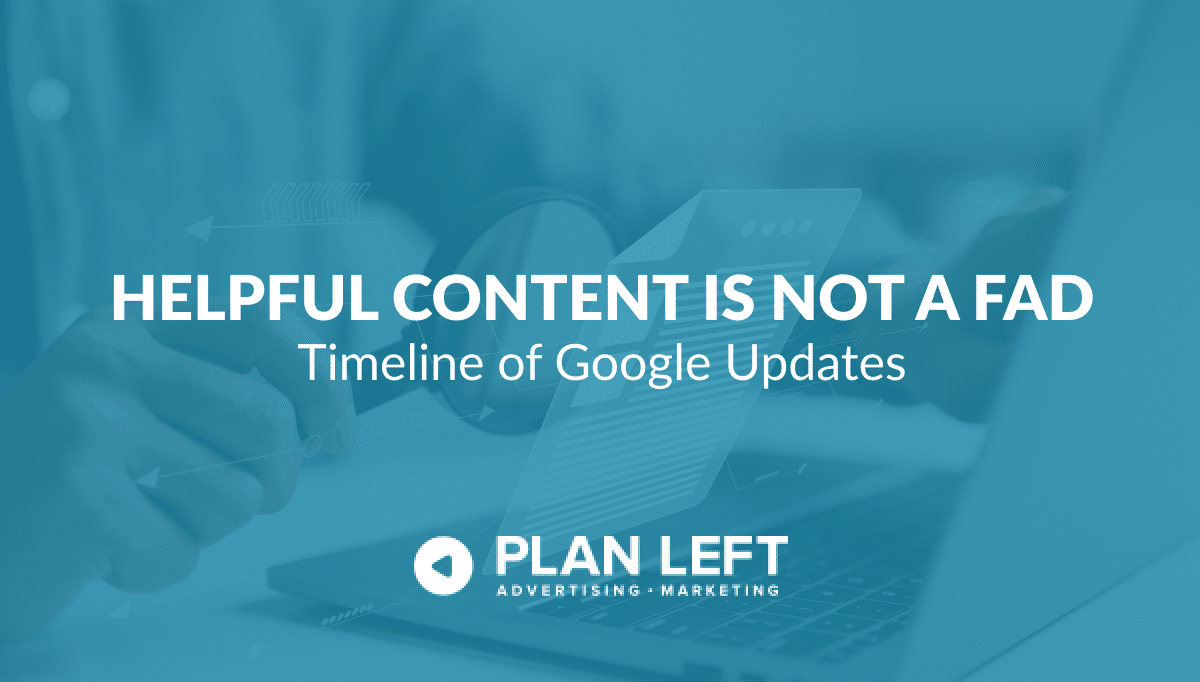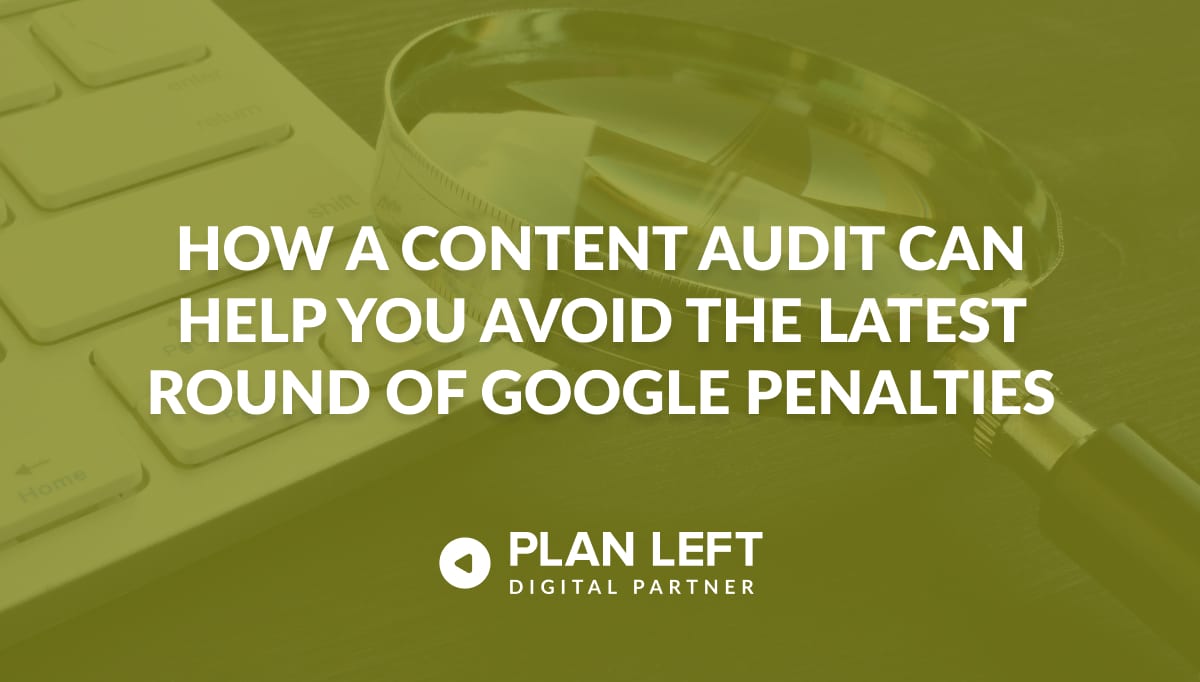
We’ve created several LinkedIn Company Pages for various companies as a part of our basic social media package. LinkedIn is almost required for B2B businesses that want any social media presence whatsoever. However, there is one particular change to LinkedIn’s policies (in the last year) that has created quite a stir in our offices. We’ve noticed some things in the process of debugging this issue on our end that I’d like to outline here for further clarification, since LinkedIn isn’t directly answering this issue for anyone.
How to Set Up a Company Page
Technically, any LinkedIn user can create a Company Page. However, specific traits of a page limit some users from being able to complete the process. First, you’ll need an email account associated with a business in order to claim ownership before you can create a Company Page. All this means is that a domain-specific email address is required to complete the process.
Here’s the catch: If you go by the suggestions the Community Support group provides (since LinkedIn hasn’t published a public response that I can find), it’s recommended that you “buy a domain name and have your IT folks set it up.” This introduces two new problems: 1) People that have “IT folks” can surely easily set this up, but who has “IT folks,” really? Well, besides a company that already has a LinkedIn page. 2) This is supposed to be a free network.
I’ll quote myself from the LinkedIn Community Support forum (since, again, they don’t provide direct support on this issue, and if you’ve ever dealt with their support directly, you know you’re better off publishing public content to get a fair response):
“I’ve had various problems in this arena, both with company pages I own and manage, and with clients’ company pages. In fact, LinkedIn didn’t even recognize me as the owner of a page that I (alone) created once it had been created. I’m unsure what the problem is, but there are some technical issues with LinkedIn that need to be addressed in a bad way. I currently cannot create a LinkedIn Company Page via an email “Alias” of the purchased Domain. This means we’ll have to create a new email client and pay for this monthly. IE: LinkedIn is no longer free. Well, of course, if you want to use free email clients, you can, but your mail will be regarded as SPAM more than not, and you will have to log in to an online portal that’s no less than clunky and unfriendly. I’m supportive of LinkedIn because it is the best network for B2B interaction. However, these issues, and many more (like advertising costs and crazy high minimums on payments) are incredibly unfriendly for users, to say the least. There were 3 recorded acquisitions this year for LinkedIn so far – which to me means that they’re very interested in getting bigger, but as of yet, not any better.”
This brings me to the next two points of this blog: free email clients and the foreseeable future of LinkedIn.
Free Email Clients
Three words: Don’t do it.
Free email means these things: You’ll be on the same server with everyone else who has purchased a domain for the purpose of having 5 free emails that will bounce, your emails will often be regarded as spam, and your account will be ridiculously hard to manage and maintain. These accounts tend to be less secure, as well. If you still live in the age of dial-up internet connections, this may be the way to go for you, because you’re most likely (inadvertently) accustomed to inefficient workflow. This isn’t your fault if you don’t have a need for, or actually have not used, a faster Internet connection, but please, bear with me through this bit.
Anyone who needs email for a time-efficient workflow should upgrade his or her email to a better resource. My recommendations are two: Google Apps, and Microsoft 365. These cost $5-6 per email per month, include a fair amount of storage, and provide a lot of great online applications that we use here in the office on a regular basis. In fact, this blog was drafted in Google Docs.
Again, you need to pay for the service of a better email client for the security, the workflow efficiency, and if you want to be regarded as a serious pro. If your email always goes to SPAM, people are quickly going to wonder what it is you do with your domain when they’re not looking.
The Foreseeable Future of LinkedIn
Bright, Newsle, and Bizo—what do they all have in common? If you guessed “LinkedIn,” you’re right! LinkedIn acquired each of these companies this year, totalling over $290 million within 5 months. That’s a lot of money, but how does it have anything to do with starting a Company Page, you might ask? User experience (otherwise known in this business as “UX”).
I wouldn’t have looked into how much money is outgoing from LinkedIn, except that when I googled “Who owns LinkedIn?”, I found out that LinkedIn is “publicly owned.” Well, fancy that; we own it. So, when I call down to LinkedIn to find out why a Company Page has disappeared mysteriously or go to the help forum to find out why I can’t create a Company Page with a basic gmail account, and I don’t get any straight answers from the Forum or from the Help Center, who do I then go to for answers? The public is definitely answering questions better than LinkedIn at the moment.
I’m not sure where the company is headed, but they’re acquiring tools for their benefit that will make our experience of LinkedIn use better overall, with the exception of Customer Service. Facebook makes updates all the time, but at least they tend to address user issues and fix things where possible.
In Summary
By comparison, LinkedIn is still the best for B2B social marketing. However, they aren’t very friendly to the brands that have grown their network (the entrepreneur, the small business, and the recruiter). My guess is, they’ll continue to grow, and they’ll continue to provide less and less actual support until one day, hopefully, they’ll redirect expenditure to a healthy Help structure. They’re a global company, but with 93 million users in the US, I would hope that they might have an interest in obtaining some local help.
One would think if there’s nearly $300 million to spend on buying things, it shouldn’t be hard to get some real people on the other end of the line, right? But I guess that pales in comparison to their obvious major competitors—Facebook and Google+—and neither of these companies have fair support either.
The best I can say is, know what you need in advance or go to a professional that knows it and can set it up for you. But also know that social marketing in 2014 is a pay-to-play game. There’s no way around it. Make sure your investment yields the kind of return you’re looking for.
Explore Latest Posts
Google says the quality of your webpage is a ranking factor, but what is ‘quality’ according to Google? That would ... read more
April 19, 2024
In 2011, Google first changed how content was written with the Panda Update by changing how keywords could be used ... read more
April 17, 2024
The latest Google algorithm changes have shaken the search marketing world. While the Google Spam update has finished, the Google ... read more
April 16, 2024
MARKETING insights
Join the Thousands Who Receive Our Twice-Monthly Newsletter.
It's hard to keep up. Our newsletter is packed with buyer behavior insights, the latest marketing and technology updates, work/life balance tips, and—because we ❤️ our support staff—adorable pets looking for forever homes. Only twice per month. No clogged inboxes. You can't say no.




